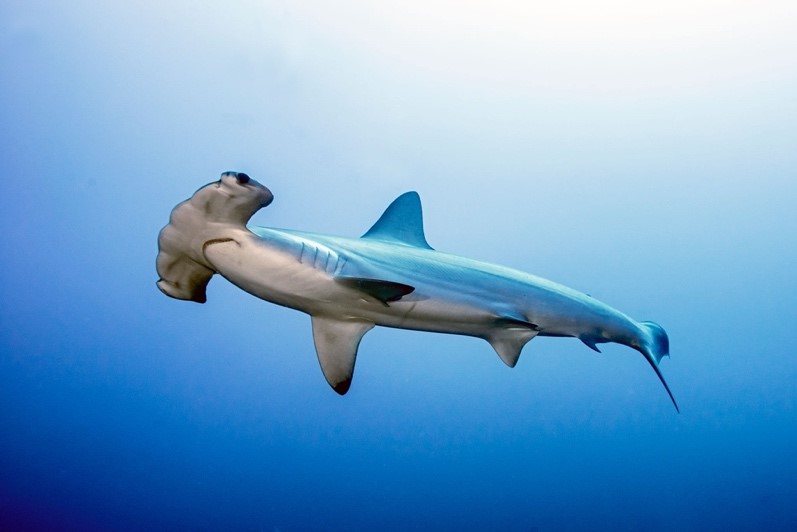Free Courses Sale ends Soon, Get It Now


Free Courses Sale ends Soon, Get It Now


 Disclaimer: Copyright infringement not intended.
Disclaimer: Copyright infringement not intended.
Context
Details
Survival strategy
About Great Hammerhead Shark
Key Facts
About Shark
About Whale
|
Differences between Shark and Whale
|
|
PRACTICE QUESTION Q) Which of the following statements with reference to Sharks is/are correct? 1. Sharks are gigantic marine mammals of Order Cetace. 2. Sharks are cold-blooded. 3. Sharks sleep, but whales only rest.
Correct Answer: 1 |
© 2024 iasgyan. All right reserved